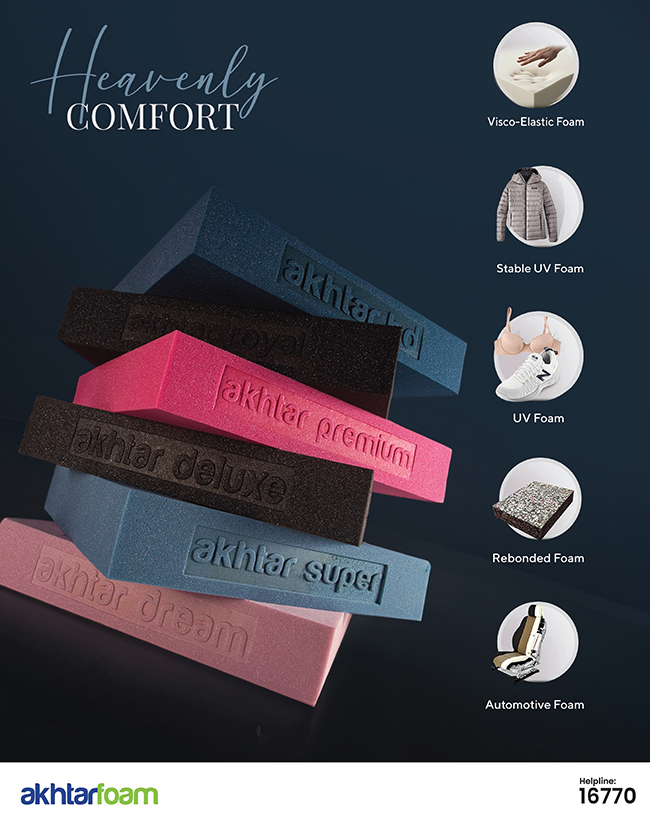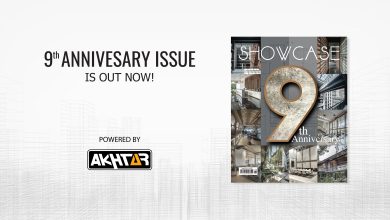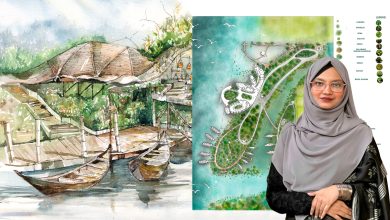Sangu-A is the first offshore Gas Rig project in Bangladesh. This gas field was discovered in 1996 in the Bay of Bengal 35-40 km away from the land near Salimpur, Chattogram. In 1998, the offshore Gas Rig was built by Petrobangla with the help of two international companies Cairns ltd and Santos Ltd. Later in 2013, due to the lack of gas production, the offshore gas rig was decommissioned and abandoned.
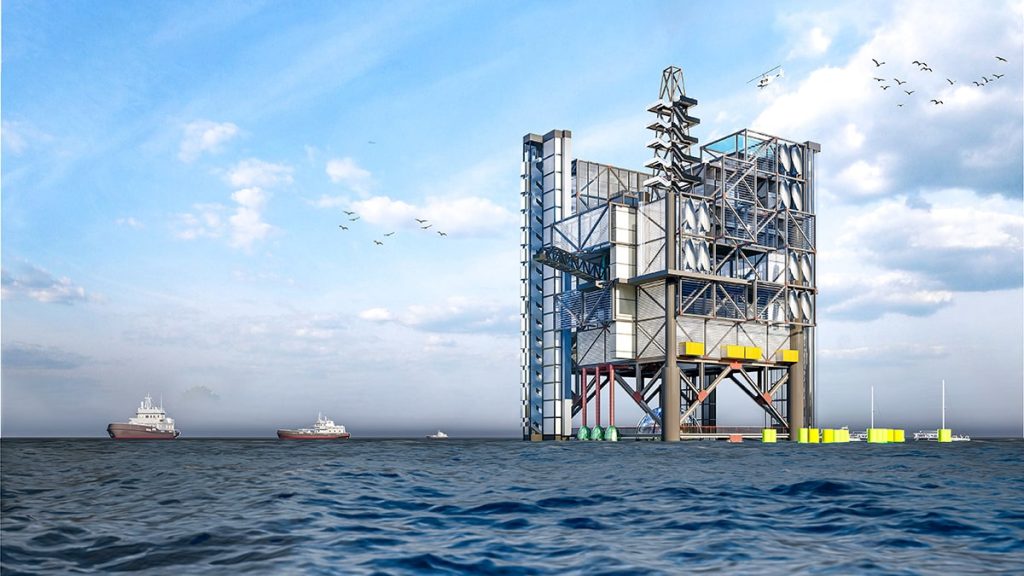
An oil platform, offshore platform, or offshore drilling rigis a large structure with facilities for well drilling to explore, extract, store, and process petroleum and natural gas that lies in rock formations beneath the seabed. An official of Petrobangla, seeking anonymity, said: “Though the Sangu gas field has not been used since its shutdown, Tk 1 crore is being spent for its maintenance every year.”
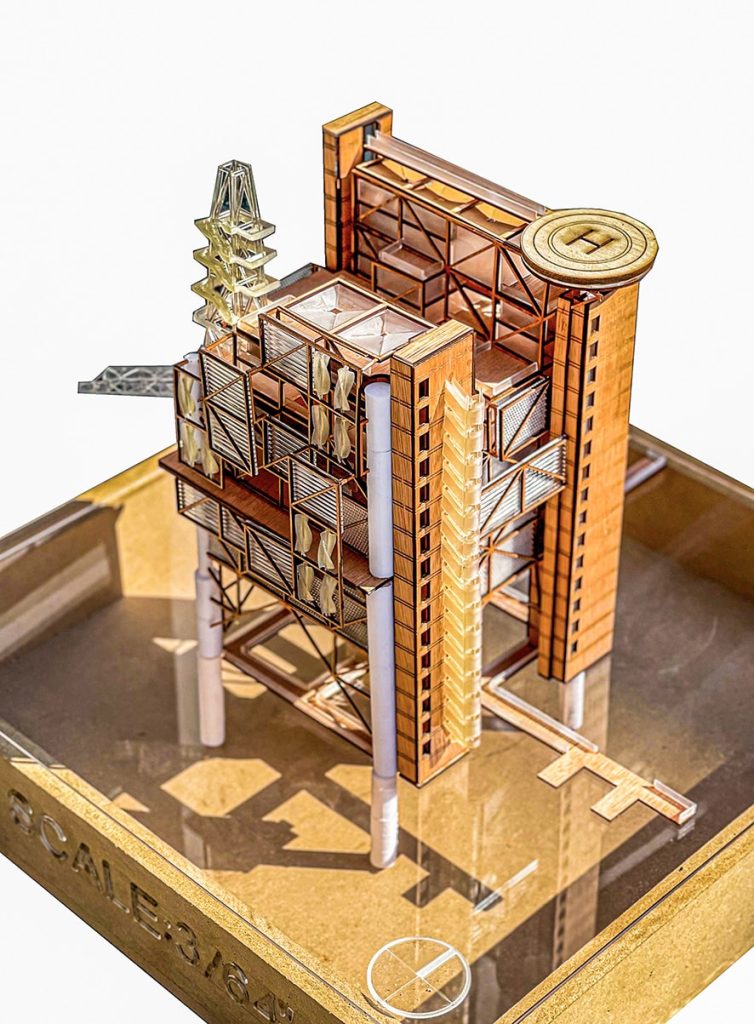
Considering the unique geographical location of the existing structure, a concept behind this adaptive reuse can be generated. Concept: Satellite of the Sea. The thesis was proposed by Mahir Arito, a student of Chittagong University of Engineering & Technology (CUET), Batch 2021. His studio master was Kanu Kumar Das and Shajib Paul while his supervisor was Amit Imtiaz.
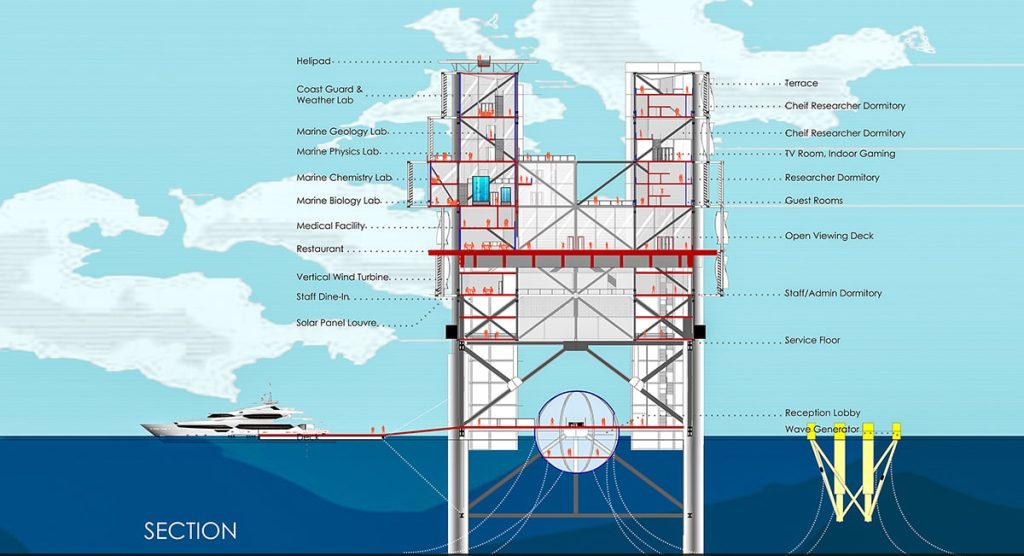
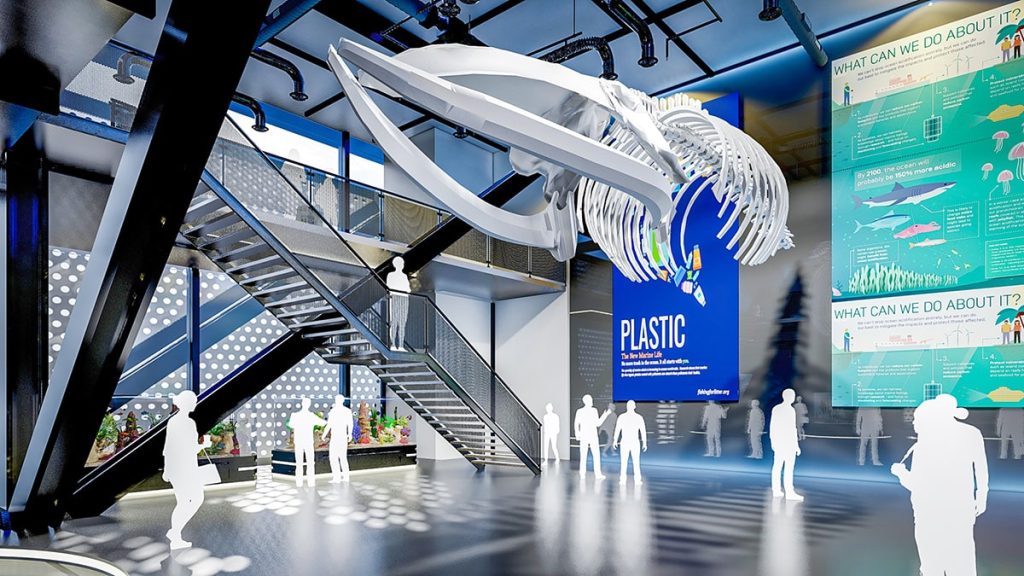
The massing has been generated through wind data simulation as the wind is an important issue in this site and also proper screening is provided in the structure to resist wind flow, sunlight and heat.
In the docking zone, researchers, visitors and service goods are divided using 3 different vertical circulations. On the upper floors, under the existing platform, the admin and service zones of the facility are placed. And from the floors situated over the platform, laboratories, restaurants, exhibition space, visitor accommodation etc have been placed. There are 4 types of marine laboratories here, marine physics, marine chemistry, marine biology and marine geology which are all designed with proper sanitation, documentation and leisure zone. Also, for visitors and researchers, accommodation of a total of 48 rooms has been provided. Proper fire safety, helipad etc is also a part of the facility.
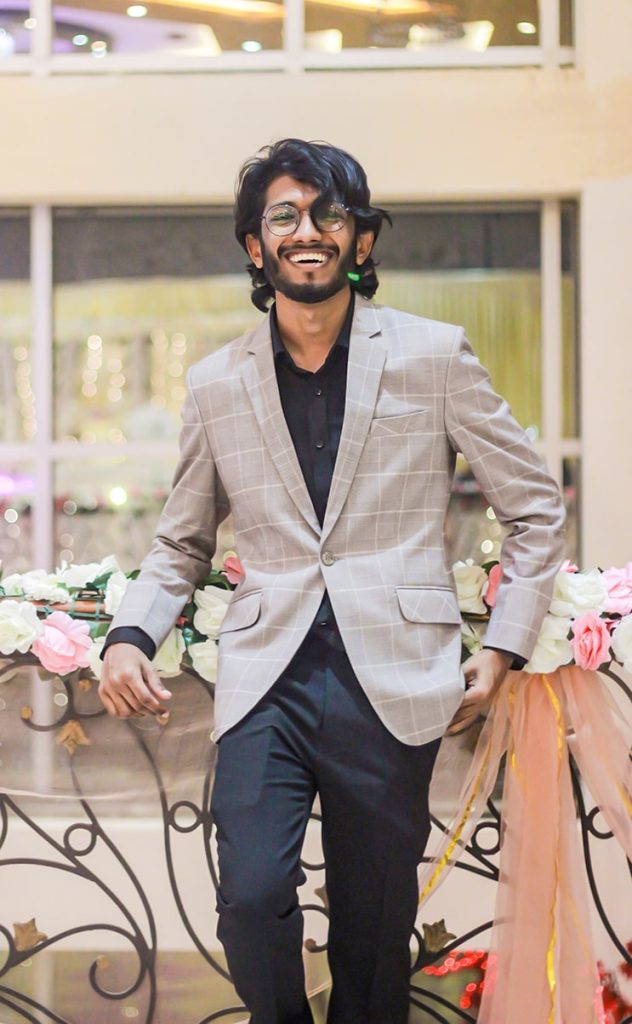
Electricity will be generated from solar energy through photovoltaic panels in the façade. Using 150w solar panels in the south façade, almost 15% of the facility’s total consumption can be generated.
As wind speed is more than usual here, electricity will also be generated here through vertical axis wind turbines (VAWT) in the facades. Almost 18% of the total electricity consumption is generated from vertical wind turbines situated in the north and south façades as the wind in summer comes from the south and in winter, it comes from the north.
Electricity will also be generated here through the use of floating modular wave generators to generate electricity from the up-down motion of waves. 4-5 generators of 750kW can generate the total energy of the facility.
The project shows how a multistoried building can be designed using an existing structure in the sea. The adaptive re-use of the gas rig provides new life to an old structure rather than demolishing it and also creates an example of how a building can be run through sustainable energy which also creates a new opportunity in research and tourism.

